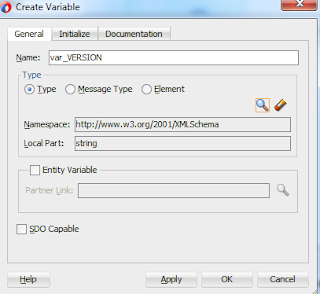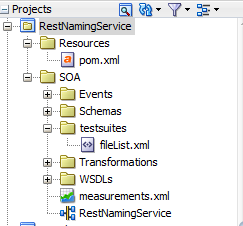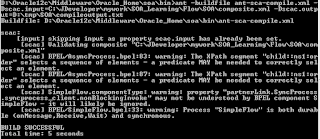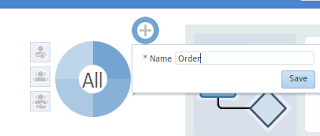Passing/Receiving HTTP header in SOA BPEL

In this example we will explore how to pass or receive the parameters from HTTP header. We will explore below two scenarios, To receive the HTTP header from SOAP request. To pass the HTTP header while calling soap service. SOA version used: 12.1.3c To receive the HTTP header from SOAP request: First we need to add the property “oracle.webservices.http.headers” under binding.ws in Service element in composite.xml. This property contains the comma separated parameters that we are expecting in request. Example, ENV,VERSION. <binding.ws port="http://xmlns.oracle.com/SOA_Learning/HTTPHeader/HTTPHeaderTest#wsdl.endpoint(httpheadertest_client_ep/HTTPHeaderTest_pt)"> <property name="oracle.webservices.http.headers">ENV,VERSION</property> </binding.ws> Now in BPEL source under receive activity, we need add <fromProperties> element which will copy the parameters from HTTP header to BPEL variable.


